
Built in 1820, the Paco Cemetery was intended for the victims of cholera epidemic that was ravaging during that time. Nine vaults were donated by the city of Manila in gratitude for the services of the Dominicans to the victims of the cholera. During that time a vault was rented for 20 pesos each, renewable after three years. The mausoleum of Spanish Governor General Ramon Solano Y Lladeral is found inside the mortuary chapel. The remains of the three martyred priests Fathers Jose Burgos, Jacinto Zamora, and Mariano Gomez (Gomburza), were also lain here. The priests were executed by the Spaniards in 1872 for alleged complicity during the Cavity Mutiny of 1872.
In 1896, the cemetery became the secret burial ground of Dr. Jose Rizal who was executed by the Spaniards on December 30, 1896. The hero's remains were interred here from December 30, 1896 to December 29, 1912, then his bones were transferred to his execution site, the Bagumbayan, now Rizal Park.
At present, the cemetery is no longer in operation, and it has been converted into a public park. Some of the interred remains had already been transferred by their respective families to other cemeteries. The cemetery's lovely grounds has become a haven for those who want a refuge from the outside world, or for the lovers who want to spend some quiet time together amidst the romantic backdrop of ancient huge acacia and balete trees. It has also been a favorite venue for weddings, and concerts of traditional artists. It is frequently visited by the religious who attend Sunday masses at the Chapel of Saint Pancratius.
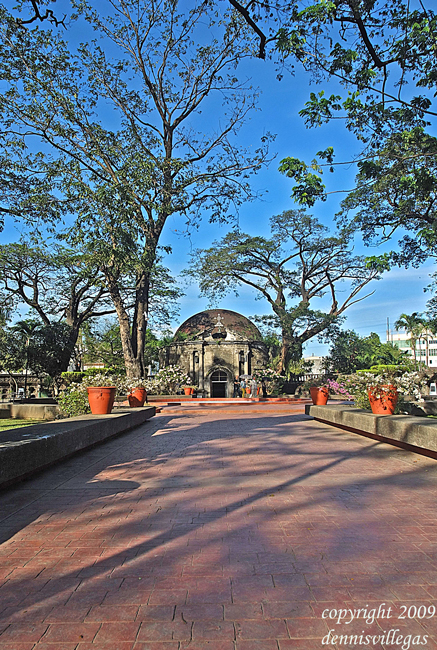
Walkway to Saint Pancratius Chapel
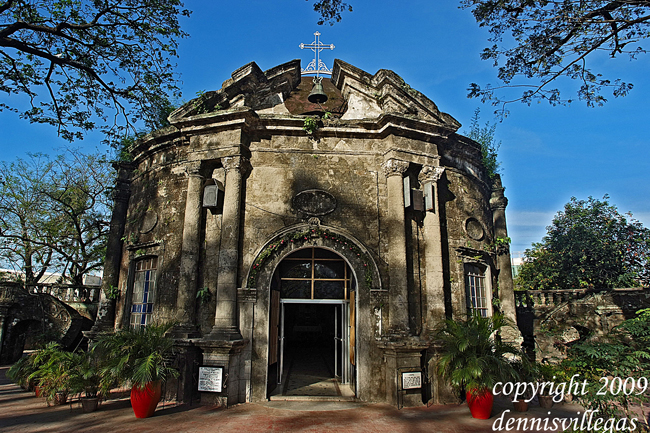
St. Pancratius Chapel
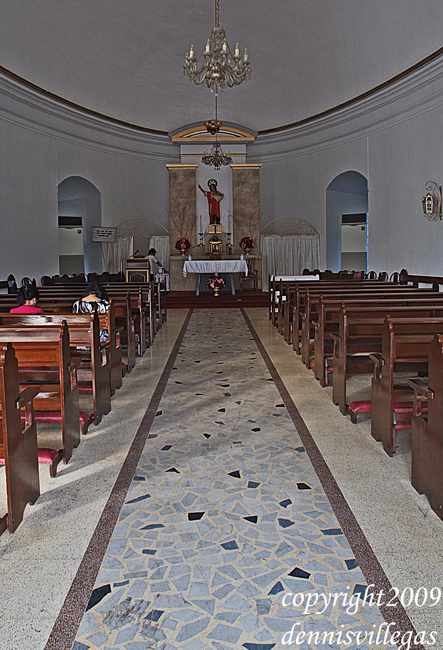
Inside the St. Pancratius Chapel

Ancient vaults (niches) that used to hold the remains of cholera victims.
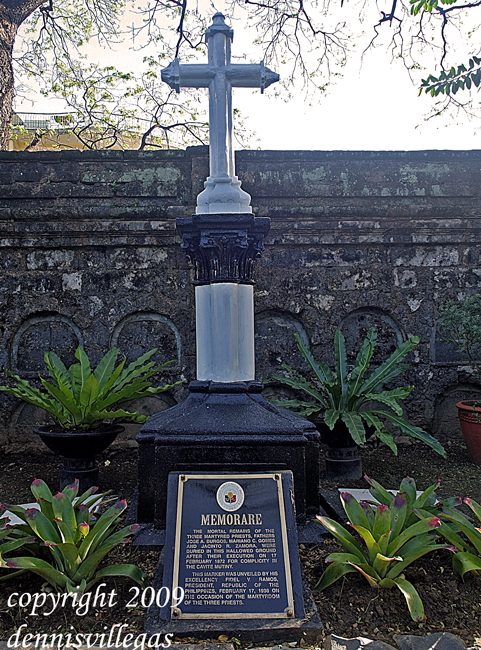
The burial ground of the executed martyred priests Gomburza

The former burial ground of Philippine National Hero Dr. Jose Rizal
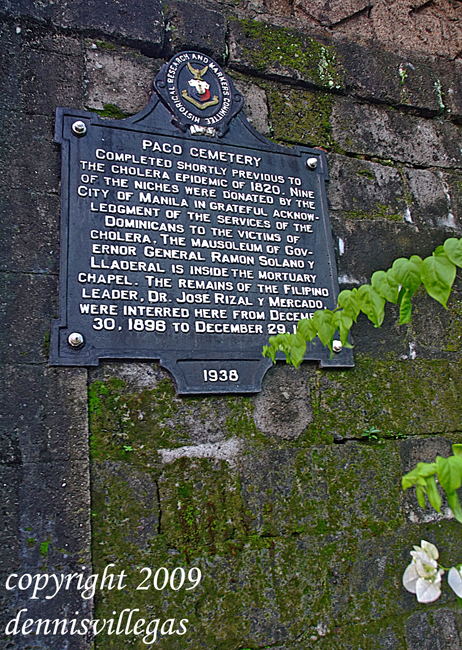
A historical marker

No comments:
Post a Comment